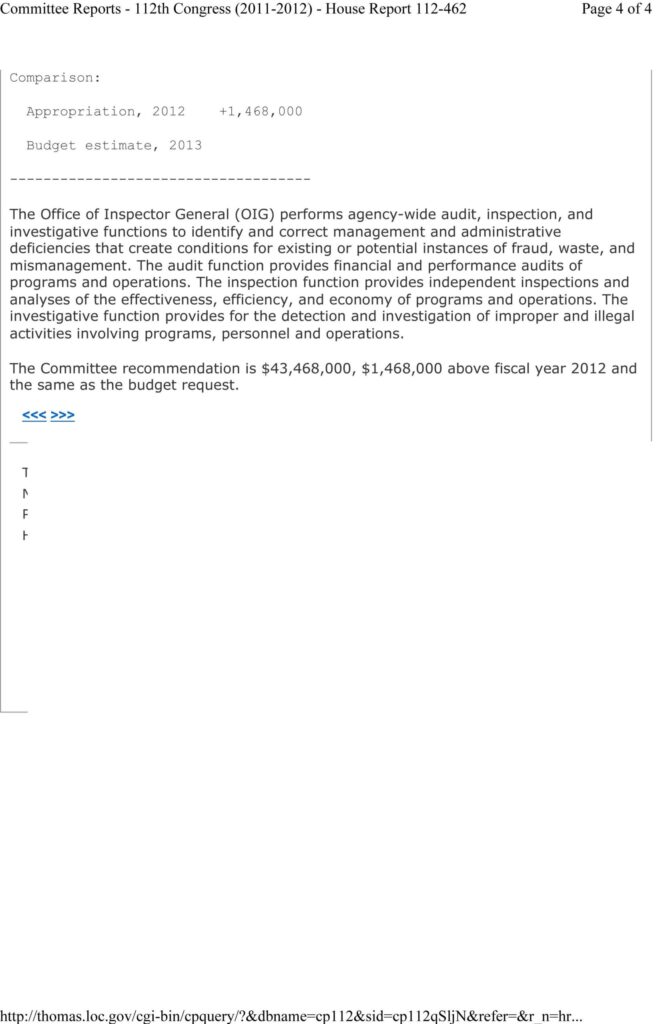(STONEWALLED/REJECTED BY DOE)
Enova Hybrid Drive Installed in First Production Hybrid School Buses
Published: 13-Mar-2007
TORRANCE, Calif.–Enova Systems (AMEX:ENA) (AIM:ENV) (AIM:ENVS), an early stage production company in an emerging industry and a leading developer of proprietary electric, hybrid and fuel cell digital power management systems, is pleased to announce that its unique proprietary Post Transmission hybrid systems are being used to help power the nation’s first production Hybrid School Buses via IC Corp. Florida’s Manatee School district is the first in the nation to receive the production Hybrid School Buses. The buses were officially delivered on Friday, March 9th, 2007.
Other school districts around the country will soon be receiving the remaining seventeen (17) IC Corporation hybrid school buses awarded by Advanced Energy. Manatee School District’s two (2) hybrid school buses are part of the nineteen (19) hybrid buses awarded nationwide by Advanced Energy, a non-profit corporation that initiated a buyer’s consortium of school districts, state energy agencies and student transportation providers.
Mike Staran, Enova’s Executive Vice President, said: “Enova Systems’ unique Post Transmission System continues to offer a non-invasive solution to enter the hybrid vehicle market in either the retrofit or new vehicle segment. We are privileged to be partnered with IC Corp., the nation’s largest School Bus manufacturer, in this groundbreaking effort.”
Enova’s Post Transmission System has proven, in other applications, to be a non-invasive system that has required little to no modification to chassis, body, instrument panel, etc. In addition, the system does not intrude on nor require any alteration to the Engine Control/Communication system, thus avoiding any emissions certification issues. The system monitors but does not impact anything within the existing engine and does not effect the existing engine calibration. The hybrid system can be designed as either a Charge Sustaining or Charge Depleting (“Plug In”) system. The Charge Sustaining System utilizes relatively small batteries which are maintained within specified range of State of Charge (SOC) over the entire drive cycle. Battery charge is maintained by the on-board equipment and is not normally recharged from the grid except as needed for cell balancing. The Charge Depleting System utilizes a larger battery based on advanced battery chemistry that provides stored energy intended to be drawn down over the driving cycle, thus optimizing fuel economy, subsequent to an overnight charge.
Depending on the route, fuel economy miles per gallon (mpg) improvement is from 30% to 55% or better for a Post Transmission Charge Sustaining System, and 70-100% or better for Post Transmission Charge Depleting Systems. Emission improvements vary with the pollutant being measured and has shown up to a 90% improvement at times on Particulate Matter based on load and operating condition dependent.
Enova has also partnered with IC Corporation to provide hybrid systems for their new line of hybrid commercial buses. The bus market in which IC Corporation plans to compete is approximately 18,000 units annually. The market can be broken into 2 primary segments – public and private. It is now estimated that 30% of the buses purchased for public transit are some form of hybrid/alternate fuel vehicles and analysts project this number to grow significantly over the next 5 years. Enova’s Post Transmission system is also used by the US Military, Mack Truck and most recently on thirteen (13) Verizon service vans. Enova expects volumes for the systems to increase as customers realize the benefits that it offers for both the new and retrofit markets.
